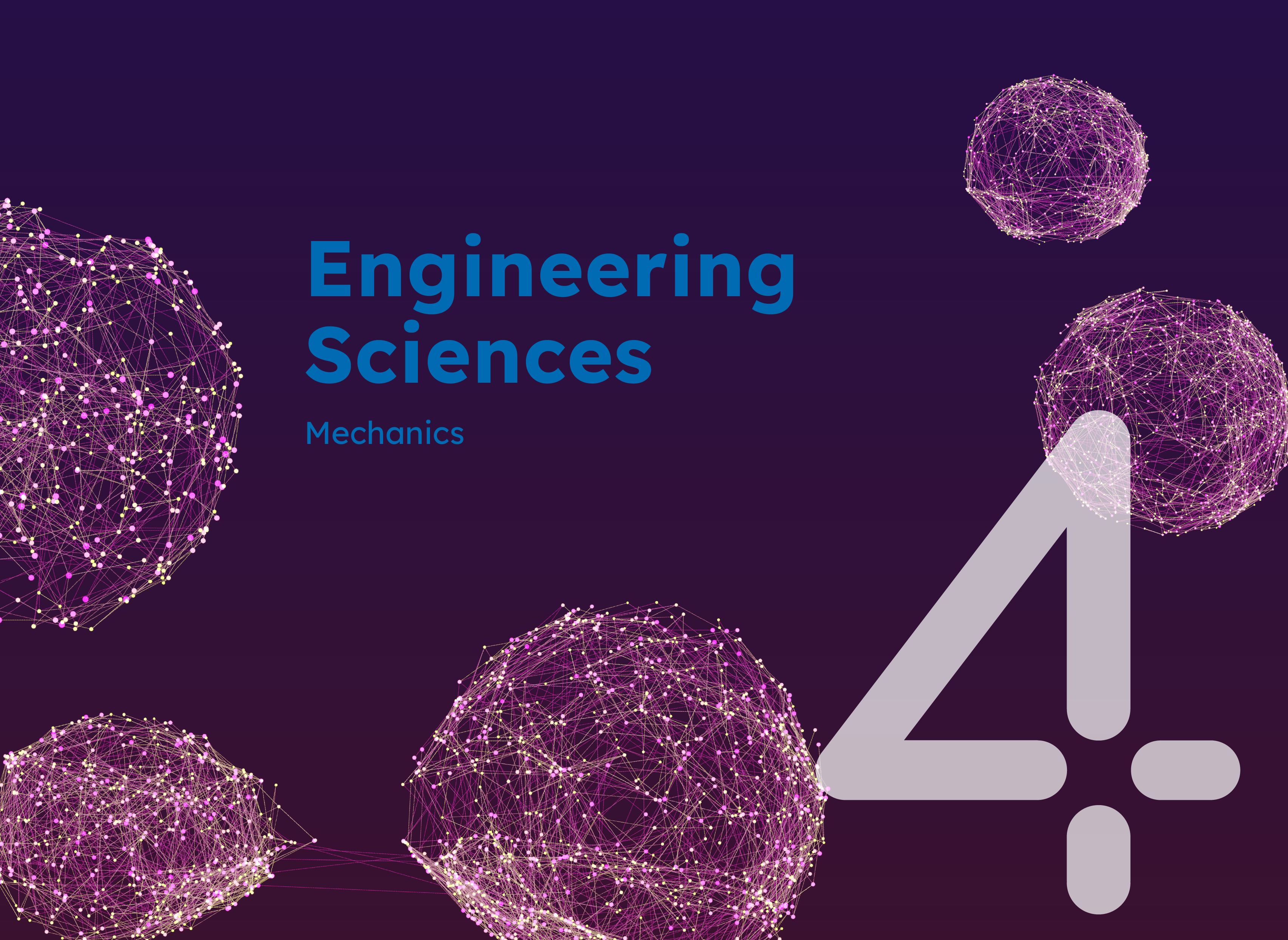Project
Aerodynamic, Aeroelastic and Aeroacoustic Ducted Propeller Optimisation for Regional Air Mobility
Air taxi transportation is emerging as a new field of aviation offering enticing opportunities for both, passengers and industry. However, in order to enable operation of air taxis in close proximity to residential areas a silent propulsion system is key. Furthermore, to compensate for the reduced gravimetric power density of CO2-neutral powertrains, extensive use of lightweight materials is essential. The institute of jet propulsion and turbomachinery is addressing this issue by conducting research on an acoustically optimised ducted propeller built from advanced lightweight materials. As current fan and propeller designs differ quite a lot from the intended design, new aerodynamic, acoustic and aeroelastic research questions arise which have been of low interest before. With the concept of a fuel cell powered distributed propulsion for future commercial aircraft being discussed in an increasing number of pre-studies, there is another field of application coming up. Due to the high interdependencies, nonlinearity as well as the time dependency of the aerodynamic, acoustic and aeroelastic effects, pre-design tools can only give limited insights. Instead, HPC is needed to evaluate the underlying physical equations with appropriate temporal as well as spatial resolution. Particularly, the combination of a large flow domain size covering an entire full annulus ducted propeller and a small scale resolution of the blade surface inherently requires large, computational intensive grids. This replication of the geometry is conducted utilizing the NUMECA Software Autogrid. Subsequently, the unsteady 3D Reynolds-Averaged Navier-Stokes Code TRACE is used for the flow simulations.
Project Details
Project term
December 1, 2021–November 30, 2022
Affiliations
RWTH Aachen University
Institute
Institute of Jet Propulsion and Turbomachinery
Project Manager
Principal Investigator
Researchers
Methods
To perform aeroelastic studies, flow simulations are additionally combined with the inherent deformation shapes of the blades which were determined in an experiment at MTU Aero Engines. As up today HPC is not powerful enough to solve the physical equations for such complex applications without any simplifying models, numerical flow simulations must be supported by experiments. Therefore, a test bed of the ducted propeller was built at the institute of jet propulsion and turbomachinery which has gone into service at the beginning of this computing time project. Subsequently, a ramp up phase was initiated where the rotational speed was carefully increased to design speed. Although no experimental validation for the flow simulation did exist at this point in time, the ramp up was extensively supported by aeroelastic simulations for safety reasons. While first forced response simulations of the rotor were still conducted with a previous JARA computing time project, a more detailed forced response analysis covering the entire operating range as well as an additional stator forced response analysis, were conducted in the NHR project at hand. Therefor, unsteady flow simulations were performed to receive the harmonic pressure forces acting on the blade. Combined with the mode shape, the aerodynamic excitation work of the unsteady flow field on the blade could be derived, enabling an evaluation of the criticality of the excitation. For the rotor, resonance crossings exiting the first stiff flexural mode shape are identified most critical while for the stator, resonance crossings exiting the first flexural mode show enhanced mechanical stresses. Accordingly, critical rotational speeds from an aeroelastic point of view have been blocked for operation in the initial test bench phase. Furthermore, the aerodynamic damping was evaluated for the entire operating range and all inter-blade phase angles to evaluate the risk of blade flutter. For the fundamental first flexural mode shape it can be observed, that the minimal damping changes its sign to negative only close to the stall line at high shaft speeds. This is due to the flow separation close to the speed line and is therefore called stall flutter. The other investigated modes do not show a negative damping across the whole compressor map. Therefore, the flutter assessment indicates, that the fan blades are not prone to classical flutter in the relevant operating range. After successful accomplishment of the ramp up phase the propeller characteristic was determined experimentally by an inlet and outlet rig measuring flow quantities at several radial and circumferential positions. Subsequently, the measured inlet quantities were prescribed as inlet boundary conditions in the numeric flow simulations in order to validate the aerodynamic setup. While experiment and numeric show good agreement in terms of the speed line slope in the propeller characteristics, there is still a discrepancy in the generated pressure ratio. For this reason, more detailed experimental measurements have to be conducted, which however, require a modification of the experimental measuring setup.
Results
Due to partly excessive delivery times, which have been caused by recent political and epidemiological events, this setup change has turned out cumbersome and is still ongoing. Consequently, acoustic investigations have not started yet as a properly validated aerodynamic setup is a prerequisite to perform computational expensive acoustic simulations. First inlet distortion simulations for a crosswind take-off were performed, however, due to the aerodynamic validation process still being ongoing, steady simulation were chosen to save computing time. First findings point towards a practical relevant impact of the speed line slope on the distortion damping capability of the rotor as well as the presence of swirl distortion due to insufficient flow straightening.
Discussion
Next steps aim for a finalization of the aerodynamic calibration, followed by a derivation of a realistic generic inlet distortion distribution as well as a characterisation of the ducted propeller inlet distortion sensitivity. Furthermore, the combination of measurements and simulations will create an understanding of the prevailing acoustic phenomena and the noise reduction mechanisms.
Additional Project Information
DFG classification: 402-02 Mechanics, 404-04 Hydraulic and Turbo Engines and Piston Engines
Cluster: CLAIX
Publications
H. Volgmann: “Impact of a variable-area nozzle on Rotor-Distortion-Interaction of a subsonic ducted propeller” (Aachen 2022)
